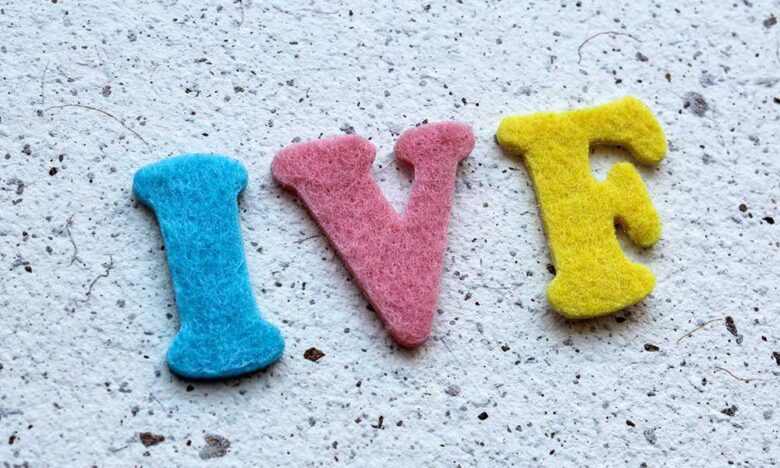The Mini IVF Cycle: When Less is More

One of the main goals of IVF is to obtain as many mature eggs as safely as possible in order to maximize the chance of having a normal embryo for transfer. Unfortunately, as the quantity and quality of eggs produced in each cycle decline with the passage of time, the pursuit for a normal embryo becomes more and more difficult.
For patients with low egg reserve, the traditional strategy for ovarian stimulation usually involves using high doses of stimulating medications. Unfortunately, for some of these patients, maximal stimulation doesn’t necessarily result in more eggs at the time of retrieval due to the fact that the number of eggs available for each cycle has already been fixed and cannot be increased by any means. For example, if there are only 3 eggs available on the ovaries per cycle, then there would be only 3 mature eggs at the end of a maximally stimulated cycle.
There comes a point when aggressive stimulation for the resistant ovaries is no longer cost effective. For patients whose ovaries can only provide 5 or fewer eggs a cycle, a gentler stimulation protocol that uses the body’s natural reservoir of FSH (Follicle Stimulating Hormone) may be more sensible.
An analogy to this situation would be driving a car with an engine that can only allow a top speed of 30 miles/hr. Pressing the gas pedal aggressively would only waste fuel without making the car going any faster. A better approach is to nudge the accelerator just sufficiently to allow the car to proceed at its speed limit while saving the gas to travel a longer distance.
In 2010 the Mini IVF protocol was introduced as an alternate approach to stimulate the resistant ovaries. Using a combination of clomiphene and a low dose of injectable FSH, Dr. Jon Zheng and colleagues aimed to collect only 1-2 eggs per IVF cycle, assuming that a gentler and more physiologic stimulation could result in eggs with higher quality.
While there was little doubt that the original Mini IVF protocol would lead to significant savings on the cost of medications, it did not improve pregnancy outcome for women with low ovarian reserve (6.8% live birth per transfer). Apparently, embryo quality was not improved by limiting egg production to 1-2 eggs per cycle.
At IVFMD we aim to improve results of the original Mini IVF protocol by taking a different approach. Believing that nothing can reverse the effect of time on egg quality, we hope to offset this disadvantage by trying to collect as many eggs as the ovaries can provide without overusing medications.
During the Mini IVF cycle our patients use a combination of clomiphene and low dose injectable medications, undergo stimulation and monitoring and then egg retrieval. All matured eggs are injected with sperm (ICSI), and the resulting embryos are cryopreserved by the new vitrification method. Once 4 or more embryos are available the patient can proceed to the Frozen Embryo Transfer (FET) cycle. Most patients would require 2 rounds of Mini IVF to accumulate at least 4 embryos for future transfer.
Consider the case of Mrs. P.B., a 44 year old patient who decided to try the Mini IVF program after her first IVF cycle with an aggressive protocol was canceled due to poor response. Using clomiphene to help stimulate the ovaries, she was able to reduce the total amount of injectable medications to about one-sixth of that used in the previous IVF cycle. Four eggs were retrieved and injected with sperm and the resulting 3 embryos were frozen on day 3. A month later she underwent another round of Mini IVF and this time had 3 more embryos to freeze. She now has 6 frozen embryos for use in the future.
Due to her low ovarian reserve, she would probably never be able to produce this many embryos in a single cycle. Rather than spending thousands of dollars on medications that would have little effect on her ovarian response, she reinvested the savings from medications into a second Mini IVF cycle to accumulate more embryos.
Another benefit of the Mini IVF cycle is that her embryos will be placed into a friendlier uterine environment. During the frozen embryo transfer cycle the uterine lining is allowed to grow and mature close to the conditions of a natural cycle thus making it more receptive to the embryos. Whether or not Mrs. P.B. will conceive will mostly depend on the genetic makeup of her embryos; however, with the Mini IVF we are confident that she would have a better chance than with the conventional IVF approach.
In summary, for most patients undergoing IVF treatment, the standard protocols of high stimulation to achieve more eggs can improve the pregnancy rate. However, in women with extremely low ovarian reserve, a better choice may be to use the gentler stimulation of the Mini IVF cycle to accumulate embryos that can later be transferred to a more receptive uterus of a FET cycle. For these women, less stimulation can mean more embryos for a better chance of success. Please click Mini IVF program at IVFMD for more information.
- Special IVF Protocols for Diminished Ovarian Reserve - February 5, 2025
- Is IVF the Right Choice? - March 2, 2024
- What to Consider When Choosing a Fertility Clinic - February 29, 2024